9 Secrets Sushi Restaurants Don’t Want You to Know
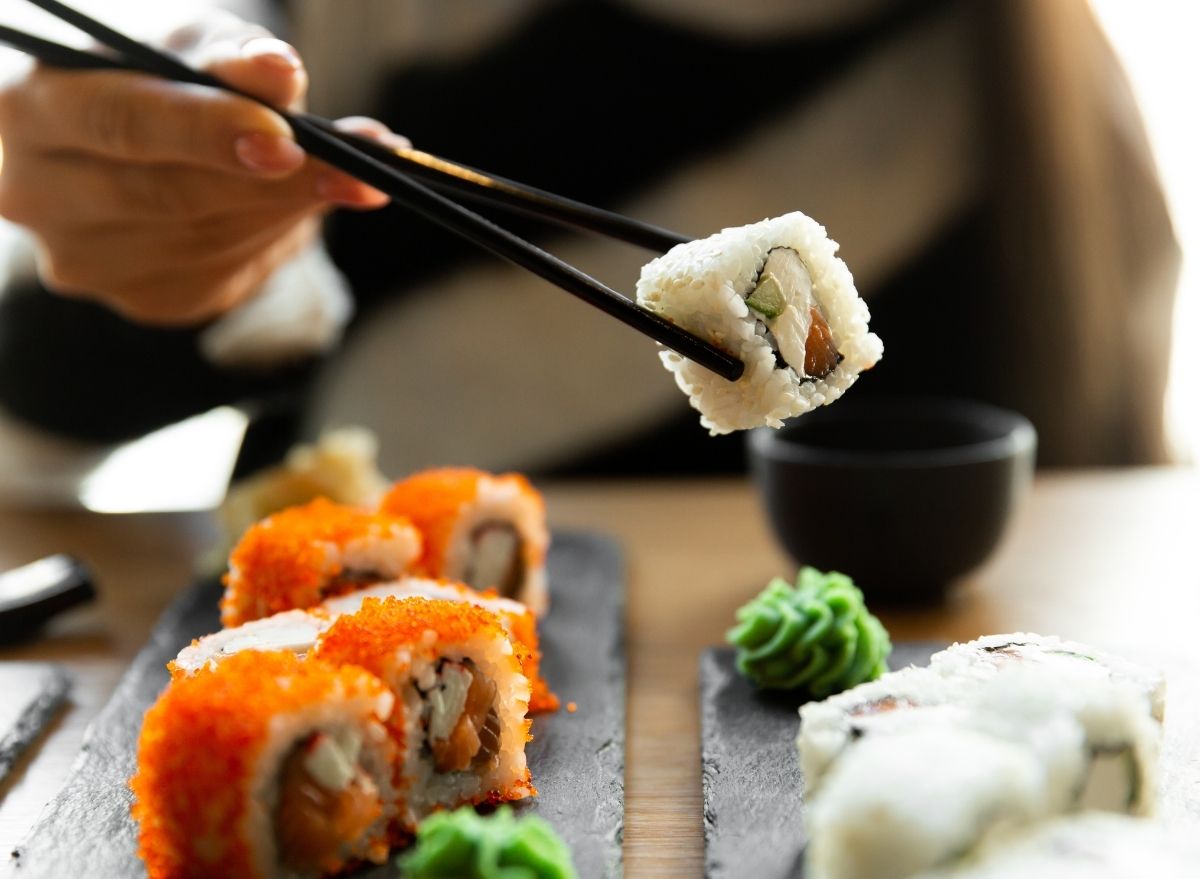
Going out for sushi can be a real treat. Not only are sashimi, nigiri, oshizushi, and other types of sushi delicious, but it’s also one of those types of foods that most of us really can’t make at home. Or shouldn’t, at any rate, given the challenge of proper sushi preparation and the health risks that can come with consuming certain raw ingredients.
But treat though it may be, not all sushi served at all sushi restaurants is of the same quality, so you should know a bit about what’s happening behind the counter before you order. Or pay. From when to go to a sushi restaurant (and when not to) and what types of fish are always a good choice or never a good bet, we have done some digging into a few of the fishier aspects of the cuisine.
Before you have a seat and ask the chef “Osusume wa nan desu ka?” (What’s your recommendation?) go ahead and read these secrets sushi restaurants don’t want you to know. Plus, check out The Best Sushi in Every State.
(And don’t miss: 8 Worst Fast-Food Burgers to Stay Away From Right Now)
You are encouraged to use too much soy sauce
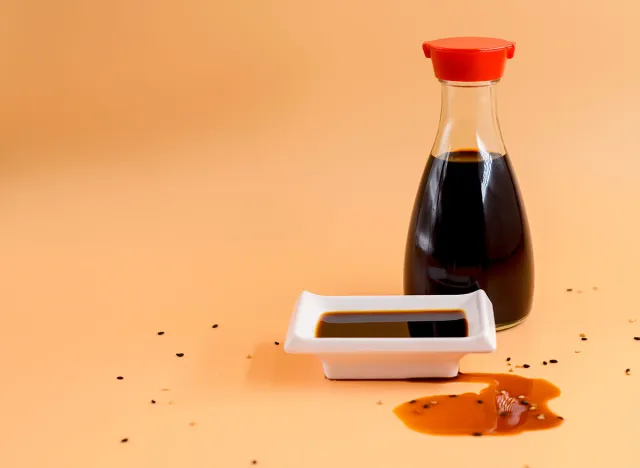
Chef Seki Shi, the owner and head chef at Sushi Seki in NYC told Insider that when sushi (or sashimi or nigiri) is properly prepared, it should require little to no extra flavoring. So why is soy sauce so readily provided at so many sushi restaurants? Because the (Western) tendency to douse sushi in a glut of soy sauce can conceal the off-flavors of lower quality or less-than-fresh fish. If the soy sauce bottle has a large hole that could be a sign that the sushi is of lesser quality, writer and food safety campaigner Hirokazu Kawagishi told Sora News 24.
Tuna is occasionally adulterated with vegetable oil
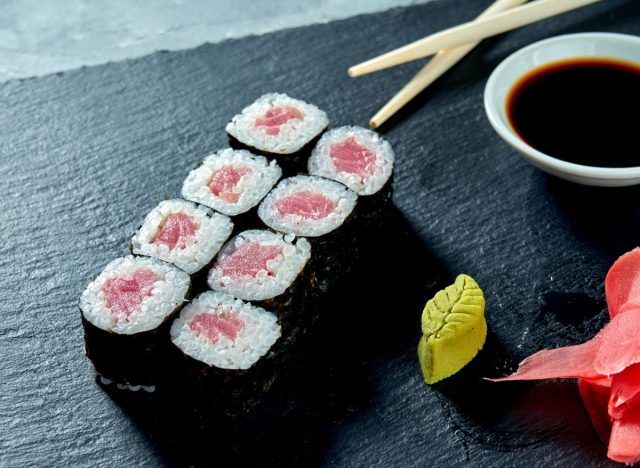
The tekkamaki sushi roll is a classic of the cuisine. It is properly made with nothing but sticky rice, nori seaweed, and raw sashimi-quality tuna. But according to Kawagishi, these rolls are often made using tuna mixed with vegetable oil. The resulting roll looks like a higher-quality toro but is cheaper and less tasty. To see if the roll has added oil, give it a squeeze, if it loses its shape easily it likely does.
You are using the ginger wrong
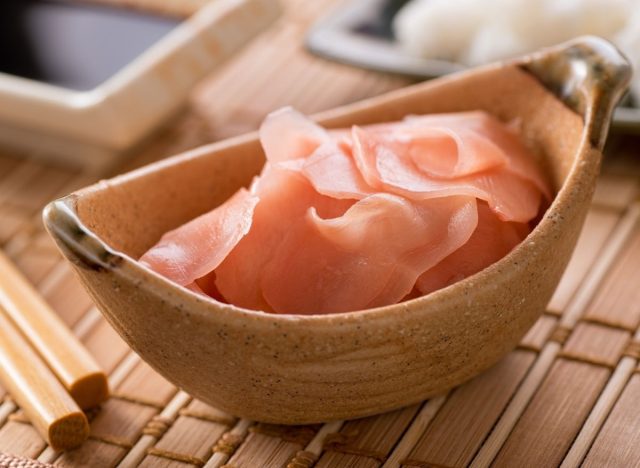
Those slender, elegant shavings of ginger served beside your sushi may look great, but they are for more than just looks. And you may love the taste of ginger, but if you’re mixing it into bites with fish (or eel or octopus or urchin) you risk concealing the taste of the sea creature beneath the potent ginger—a benefit for the restaurant if the quality is off. According to Chef Seki, ginger is best used as a tool to lightly apply sauces to sushi or as a palate cleanser between dishes.
Inside out rolls are often a rip-off
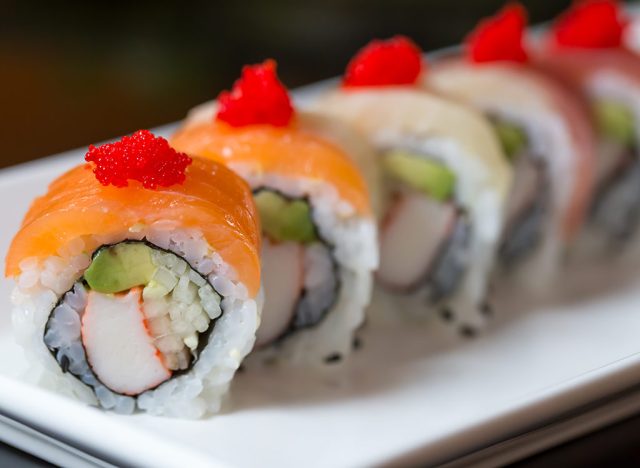
The so-called inside-out sushi roll is properly termed the uramaki roll in Japanese, though as it happens they are seen much more often in America than in Japan. These rolls feature the rice on the outside of the sushi as opposed to the traditional construction with the seaweed as the outer layer. According to John Daley of New York Sushi Ko interviewed by First We Feast, uramaki rolls often feature much more rice and much less fish or other fillings than a traditional sushi roll, meaning a lower-cost item that is still charged at full freight.
Sushi is often knowingly mislabeled
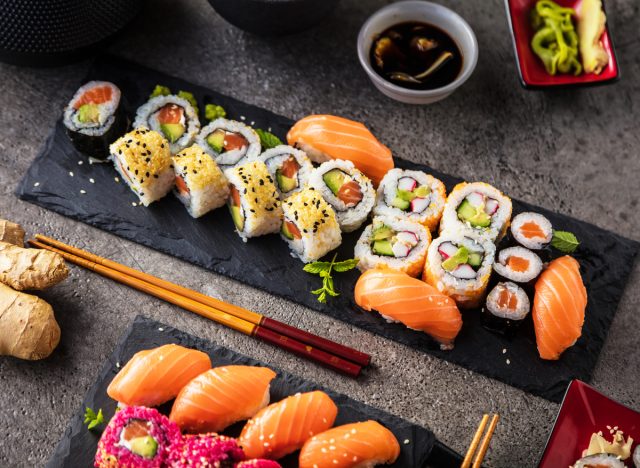
Many sushi restaurants are banking on the fact that customers won’t know all that much about fish. According to Daley, so-called “white tuna” is almost always cheaper escolar. “Don’t ever eat anything that says white tuna… It’s not in the tuna family and it’s got as high or higher mercury content than swordfish.” Also, kampachi is not baby yellowtail, most red snapper is suspect, and always be suspicious of toro.
Spicy rolls often use the worst ingredients
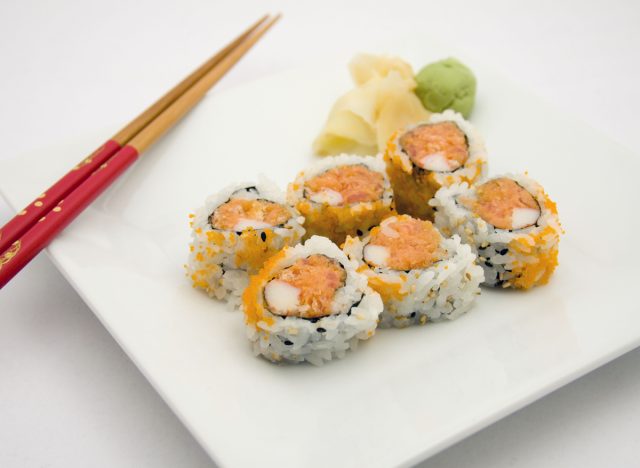
According to New York Daily News, when you order a spicy roll at a sushi restaurant (or buy them from a store), chances are good that you are selecting the worst fish (and other ingredients) the place had to offer. Spicy rolls use ingredients like hot sauce and excess mayo to stretch fish trimmings and conceal other flavors, hiding the bad and ruining the good.
The sushi you get on Sundays and Mondays will probably be old

According to Daley, most sushi restaurants stock up on fresh fish on Tuesdays and Thursdays, so by the time it’s Sunday afternoon or Monday, you’ll probably be getting seafood that’s not fresh. This is not to say it will be unsafe, but it will be less tasty and of less value to be sure.
Seek out the busy sushi restaurants
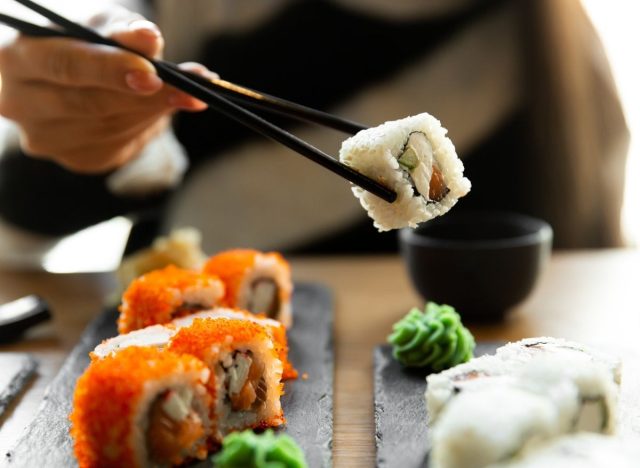
No one wants to wait for an hour for a table, but a good sushi restaurant is moving its fish quickly and confidently, says Daley. Not only will you get the best quality ingredients, but you’ll also likely pay less because the volume is there.
Skip the shrimp
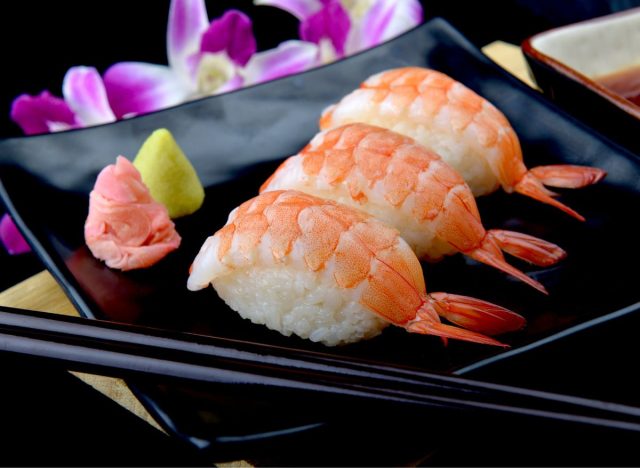
Cooked shrimp is one of the worst bargains on the menu, says Daley. “You can buy a cooked shrimp for 4 cents and sell it for $7 because you boiled it and put it on a piece of rice. That’s offensive,” he says. High-end spots cook high-quality kuruma ebi shrimp moments before you walk in the door.
Plus, don’t miss: 8 Secrets Steakhouses Don’t Want You to Know









